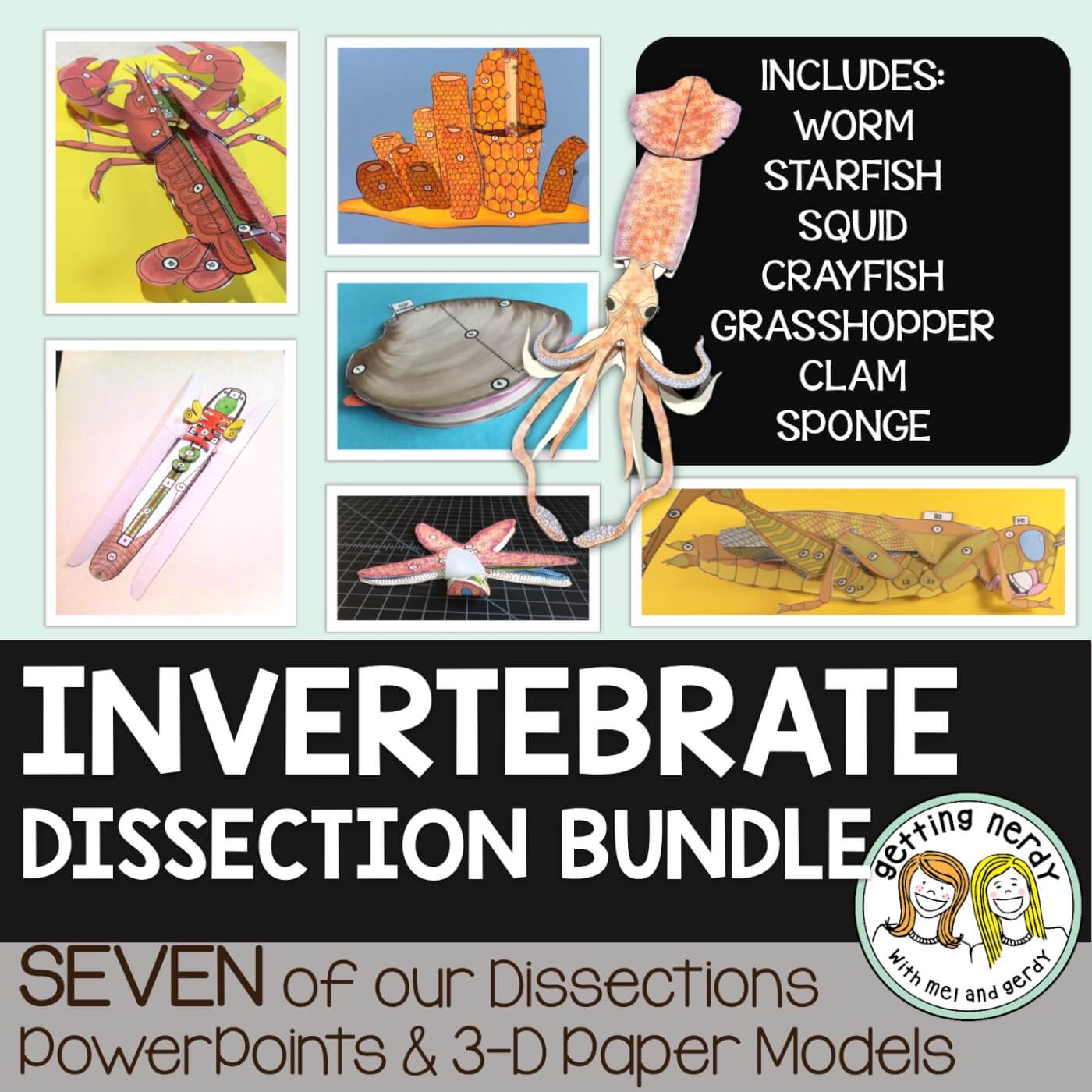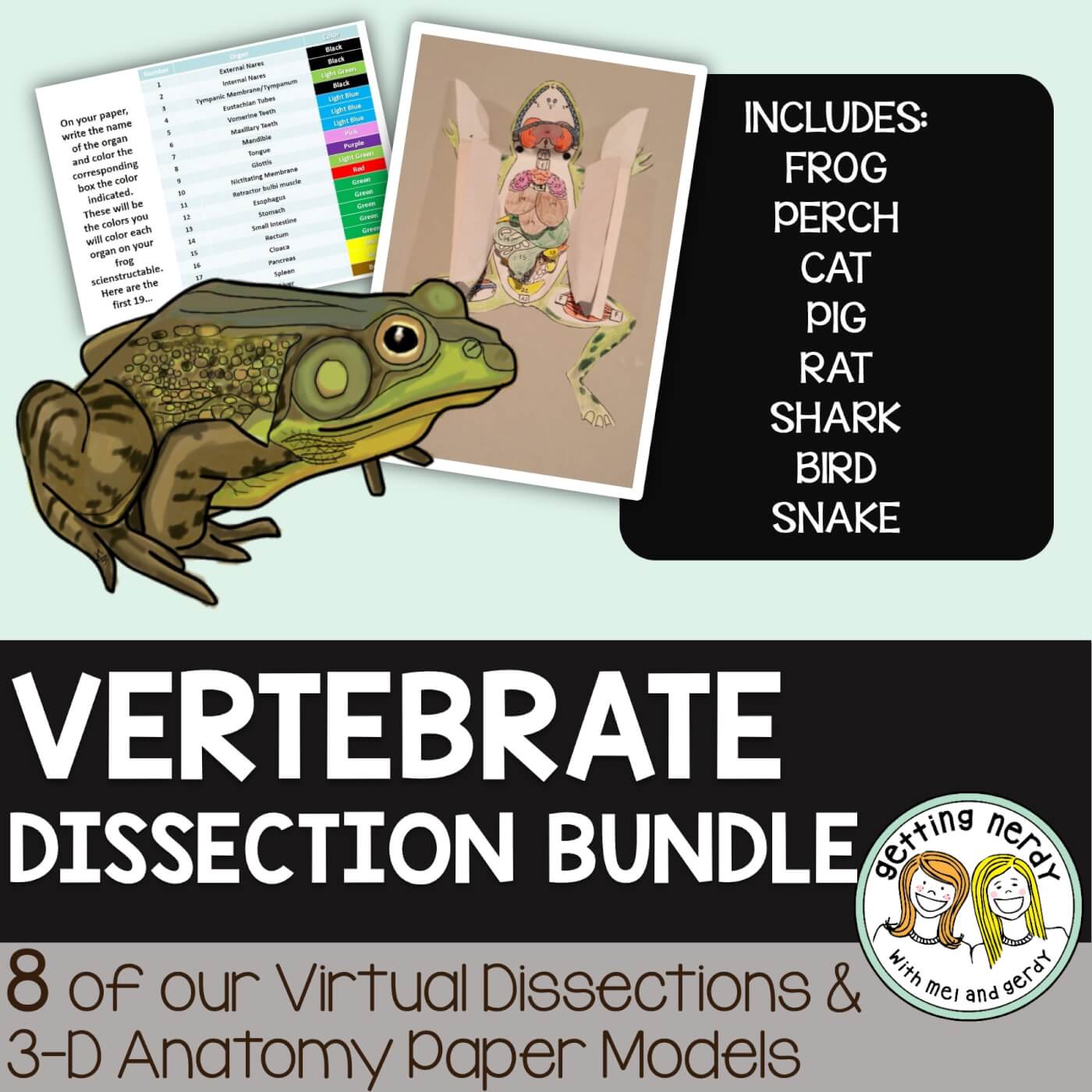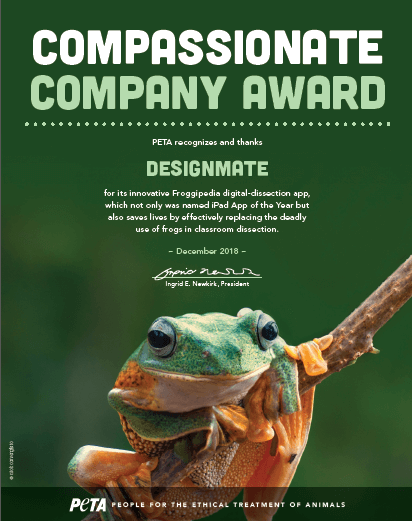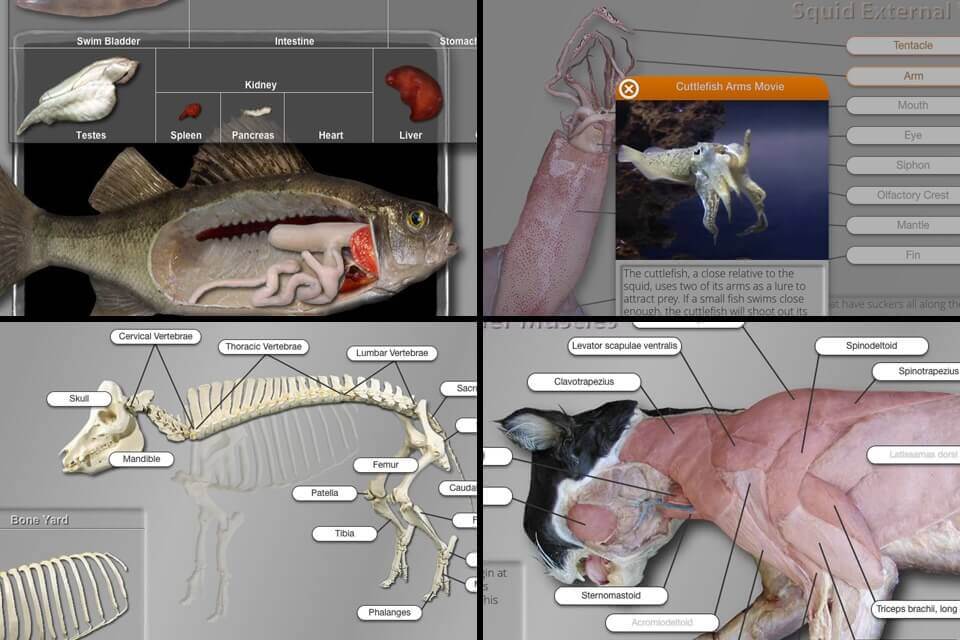Parents: Digital Dissection for Home Learning
Parents, it’s question time! Raise your hand if you remember when there were officially nine planets. And if you remember when the taxonomy mnemonic included a “V” for “variety.” And if you’d rather forget science class altogether because you’re haunted by the memory of classroom dissection. If your hand is up, you can breathe a sigh of relief as you navigate homeschooling—there’s absolutely no need to dissect animals on your kitchen counter or anywhere else. Students enrolled in biology or anatomy courses don’t have to cut apart animals in order to learn about their organs or compare them to those of humans.
Science instruction has evolved over the years. Instead of focusing on the biology of whole organisms, educators teach molecular biology and structures. Modern science curricula and standards no longer require—or even refer to—animal dissection. The College Board (AP Biology), the International Baccalaureate, and Next Generation Science Standards (NGSS) make no mention of it. In addition, no medical schools in the U.S. or Canada require medical students to dissect animals. This is significant because it paves the way for humane teaching and the end of animal dissection.
Dissecting animals is archaic and inhumane. The majority of the animals used for classroom dissections are killed specifically to be cut apart and ultimately thrown into the trash. That isn’t science—it’s cruel and wasteful.
If you’re looking for interesting animal-friendly anatomy lessons, dive right into the science education resources described below. They’re instructional and easy to navigate for you and your child—plus, they can help develop kids’ empathy and compassion.
Getting Nerdy
These fun dissection models and exercises—sold in bundles for vertebrate and invertebrate species or as individual kits—are crafty, kinesthetic teaching tools that allow kids to study biology and get creative at the same time. Your child will gain an understanding of animal anatomy by using their hands to manipulate 3-dimensional objects.

In the 3-D Dissection: Cat Model kit, for example, you’ll find instructional PowerPoints; guided reading materials on the location, structure, and function of cats’ organs; handouts galore; and a cut-out model of a cat’s body. Students will learn about the structure and function of mammalian internal and external anatomy by coloring and assembling the paper model. They can then move on to the extension questions and discussion.

Older students can lead the lesson themselves and complete the handouts independently, whereas younger kids may need you to work through the PowerPoint and other materials with them. But don’t worry—you don’t need a biology degree to get the most out of this resource, because it includes easy-to-understand instructions and answer keys, making checking your child’s work a breeze. Ask them to compare and contrast human and cat anatomy using the table in the comparative anatomy worksheet. Can they identify all 200 cat organs?
Getting Nerdy products are aligned with NGSS, Texas Essential Knowledge and Skills, and Georgia Standards of Excellence, and the company is offering a 10% discount on the vertebrate and invertebrate bundles as well as all the individual dissection models—just use the code “SAVE10” at checkout.
Froggipedia
Froggipedia was created by Indian company Designmate, which earned a Compassionate Company Award from PETA. The app—which lets users virtually dissect 3-dimensional frogs—was Apple’s iPad App of the Year for 2018. It can be downloaded for use on an iPhone or iPad here.

Froggipedia has three sections: “Life cycle,” “AR Anatomy,” and “Dissection.” “Life cycle” takes students from the fertilized egg to the tadpole and, finally, the adult frog. Ask your child to compare and contrast the body of a tadpole with that of an adult frog and brainstorm the reasons why the differences make sense for these stages of life. For example, have your child think about why a tadpole has gills and a tail and a fully grown frog doesn’t.
“AR Anatomy” allows students to rotate the 3-dimensional frog 360 degrees in order to learn about the integumentary, muscular, skeletal, nervous, urogenital, respiratory, circulatory, and digestive systems. For each system, have your child write down its function and identify three to five of its components using the landmarks labeled on the frog.
“Dissection” is a digital anatomical review that is highly intuitive—students follow the directions to pin the frog down and use tools to carry out the virtual dissection. Use the list of anatomical landmarks from the “AR Anatomy” lesson to reinforce the identification of structures uncovered during the “Dissection” exercise.
eMind
eMind boasts anatomy modules on several species, including earthworms, sea stars, cats, fish, and pigs, and all lessons are aligned with NGSS. eMind is compatible with a variety of devices, including tablets, and the company is offering a 25% discount on its site licenses to our members and supporters using the promo code “PETA.”

If your child is taking general biology and learning about animals of various species—or studying marine biology and learning about different animals who live in the ocean—the eMind Software Suite is a one-size-fits-all solution. For example, kids can log in to the Fish module, select the first fish (a lamprey), and study the external anatomy. For each anatomical landmark, there’s a description that can be read on screen or listened to as audio, depending on your child’s learning style. Then do the same for the dogfish and the perch. Students will then enter the comparative module, in which they compare and contrast the three fishes. Ask your child to write down the taxonomic name of each animal and list three to five unique characteristics of each one.
*****
Looking for more humane science content? Check out “Don’t Cancel Science! Dissect Digitally Instead,” which lists lots more animal-free dissection tools, as well as “Humane Science Lessons for Teachers,” which includes links to humane NGSS-aligned lessons for all grades and ages, some of which can be adapted for distance learning.





